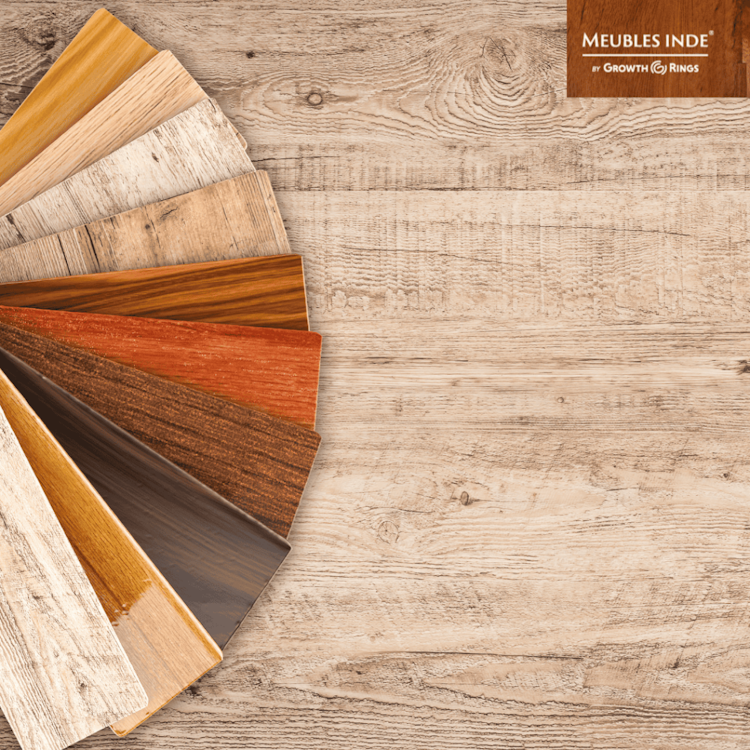Solid wood furniture is furniture made entirely from solid wood, as opposed to engineered wood or composite materials. In the European market, solid wood furniture holds significant importance due to its durability, natural beauty, and timeless appeal.
Definition of Solid Wood Furniture
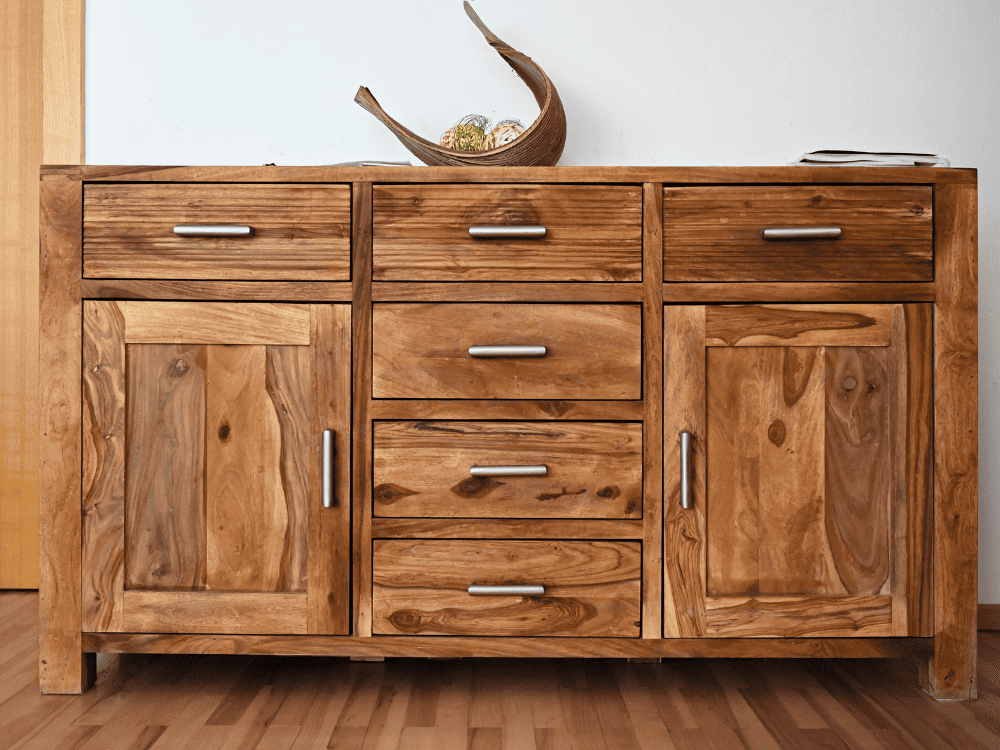
Solid wood furniture is crafted from natural lumber wood, which is either raw or milled directly from trees. Unlike engineered wood, which is made from wood fibers and adhesives, solid wood furniture retains the natural grains and characteristics of the wood, making each piece unique.
Importance of Solid Wood Furniture in the European Market
In the European market, solid wood furniture is highly valued for several reasons:
- Durability: Solid wood furniture is known for its durability and longevity. It can withstand the test of time and is less prone to damage compared to furniture made from other materials.
- Natural Beauty: The natural grains and textures of solid wood give furniture a warm and inviting appearance. Each piece of solid wood furniture is distinct, adding character and charm to any space.
- Environmental Sustainability: Solid wood furniture is considered environmentally friendly because it is made from a renewable resource. Additionally, many European consumers prioritize sustainability and prefer furniture made from natural materials.
- Timeless Appeal: Solid wood furniture has a timeless appeal that transcends trends and fads. It complements a variety of interior styles, from traditional to contemporary, making it a versatile choice for consumers.
Overview of Solid Wood Furniture Market
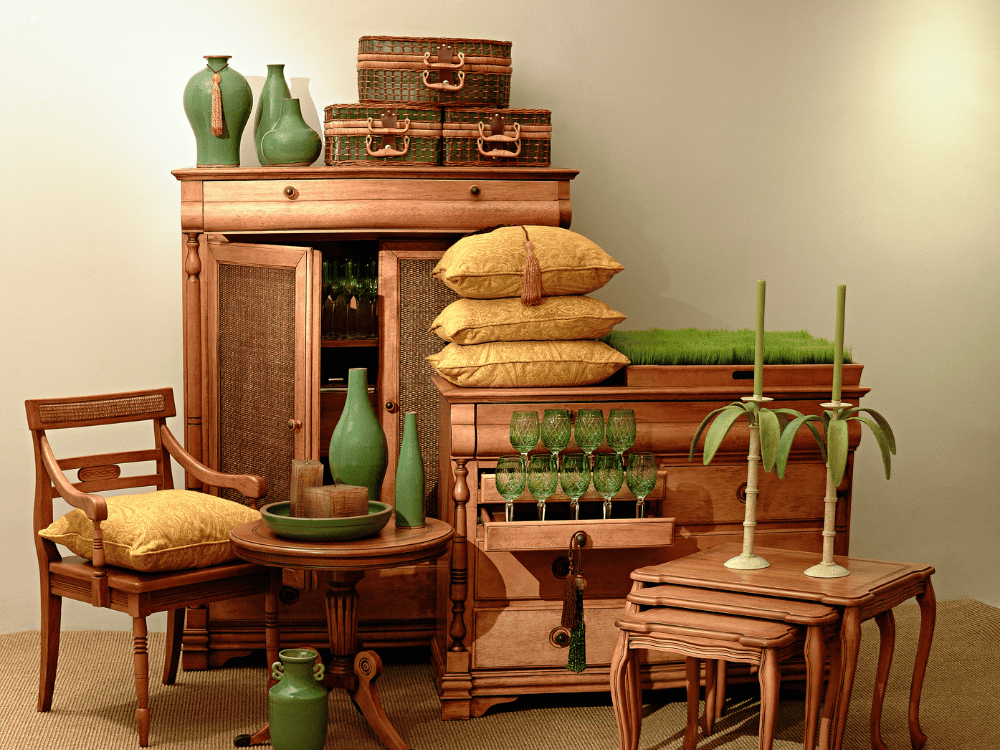
The solid wood furniture market in Europe is a thriving industry that caters to consumers seeking high-quality, durable furniture pieces. Solid wood furniture is known for its timeless appeal and natural beauty, making it a popular choice among homeowners and businesses alike.
As we are experts in making amazing Solid Wood Furniture, you would love to see our wide range of furniture that is best for you…You can visit our website Meubles Inde for that.
Characteristics of Solid Wood Furniture
Solid wood furniture possesses several distinctive characteristics that set it apart from other types of furniture materials:
Durability: Solid wood furniture is renowned for its durability and long lifespan. Unlike furniture made from engineered wood or composites, solid wood furniture can withstand daily wear and tear without losing its structural integrity.
Unique Grain Patterns: One of the defining features of solid wood furniture is its unique grain patterns. Each piece of solid wood furniture showcases the natural beauty of the wood grain, creating a visually appealing and one-of-a-kind aesthetic.
Types of Solid Wood Used in Furniture
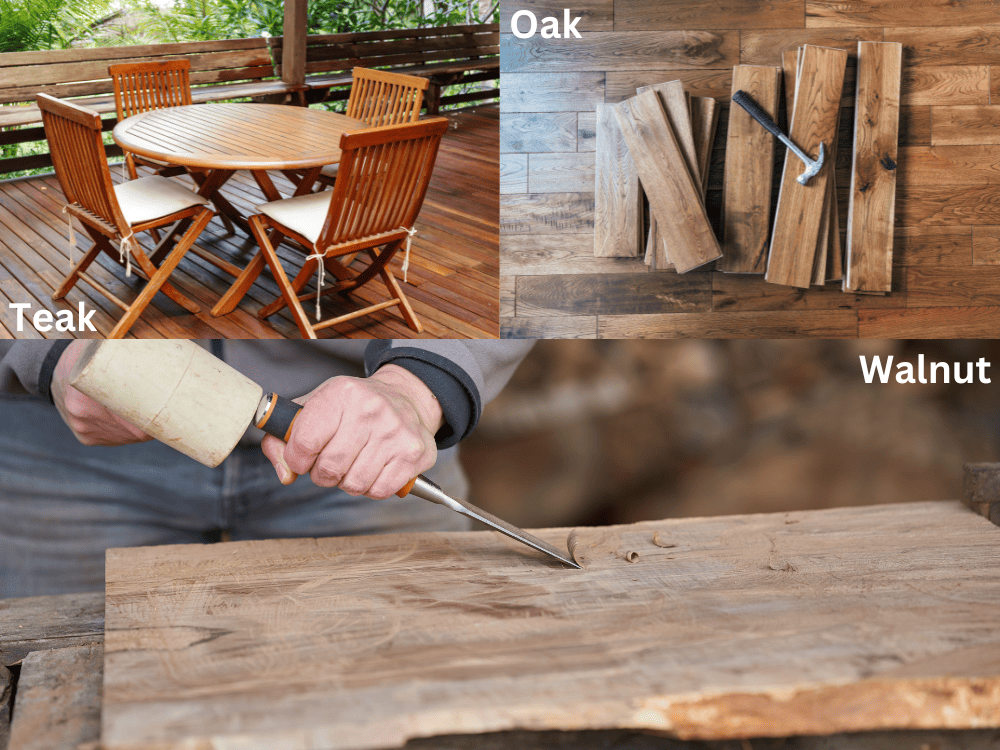
Several types of solid wood are commonly used in furniture manufacturing, each with its own unique properties and characteristics:
Teak: Teak is a tropical hardwood known for its exceptional durability and resistance to moisture. Teak furniture is highly sought after for outdoor use due to its natural weather-resistant properties.
Oak: Oak is a popular choice for solid wood furniture, particularly in Europe. It is valued for its strength, durability, and distinctive grain patterns. Oak furniture has a timeless appeal that complements both traditional and contemporary interiors.
Walnut: Walnut wood is prized for its rich, warm tones and beautiful grain patterns. It is a popular choice for high-end furniture pieces due to its luxurious appearance and durability.
Growth Drivers of the European Solid Wood Furniture Market
Several factors contribute to the growth of the solid wood furniture market in Europe:
Demand for Luxury Furniture: There is a growing demand for luxury furniture among European consumers who prioritize quality and craftsmanship. Solid wood furniture, with its premium materials and timeless appeal, caters to this demand for high-end furnishings.
Changing Consumer Demographics: The demographics of European consumers are evolving, with an increasing number of affluent households seeking premium furniture pieces for their homes. Additionally, there is a growing awareness of environmental sustainability, leading more consumers to choose solid wood furniture over other materials.
Projected Growth Rate
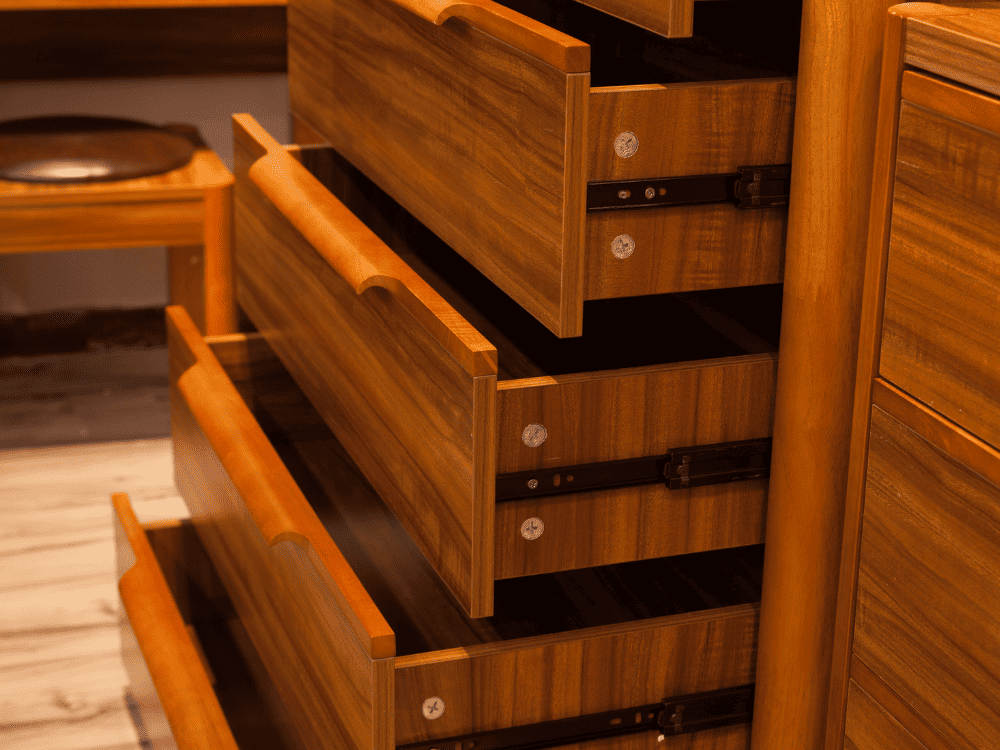
The solid wood furniture market in Europe is projected to experience steady growth in the coming years. With a focus on quality craftsmanship and timeless design, solid wood furniture continues to attract consumers seeking durable and aesthetically pleasing furnishings for their homes and businesses.
Factors Contributing to Market Growth
Several factors contribute to the growth of the solid wood furniture market in Europe:
- Increasing Demand for Quality: As consumers become more discerning about the products they purchase, there is a growing demand for high-quality furniture that offers both durability and style. Solid wood furniture meets these criteria, making it a popular choice among consumers looking for long-lasting and aesthetically pleasing pieces.
- Rising Awareness of Sustainability: With increasing concerns about environmental sustainability, there is a growing preference for furniture made from natural materials such as solid wood. Manufacturers are responding to this demand by offering eco-friendly options, further driving the growth of the solid wood furniture market.
- Shift in Consumer Preferences: There is a noticeable shift in consumer preferences towards furniture that reflects their personal style and values. Solid wood furniture, with its timeless appeal and customizable options, appeals to consumers looking to invest in pieces that will stand the test of time.
Analysis of Market Trends
The solid wood furniture market in Europe is characterized by several key trends:
- Emphasis on Craftsmanship: Consumers are placing greater emphasis on craftsmanship and artisanal techniques when choosing furniture. Solid wood furniture, with its handcrafted details and attention to quality, aligns with this trend and continues to attract discerning buyers.
- Preference for Customization: With an increasing focus on personalization and individuality, there is a growing demand for customizable furniture options. Solid wood furniture offers ample opportunities for customization, allowing consumers to create unique pieces that reflect their style and preferences.
- Integration of Technology: Manufacturers are incorporating technology into the design and production of solid wood furniture to enhance functionality and convenience. From adjustable features to smart storage solutions, technology-driven innovations are reshaping the solid wood furniture market.
CAGR Projection
The compound annual growth rate (CAGR) of the solid wood furniture market in Europe is expected to remain steady, reflecting the sustained demand for high-quality and environmentally friendly furnishings.
As consumers continue to prioritize durability, sustainability, and style, solid wood furniture will remain a key player in the European furniture market.
Fluctuations in Pricing of Raw Materials

One of the key challenges facing the solid wood furniture market in Europe is the fluctuations in the pricing of raw materials. The cost of wood, which is the primary raw material used in solid wood furniture production, can be volatile due to various factors such as changes in supply and demand, environmental regulations, and currency fluctuations.
These fluctuations in raw material prices can impact the overall production costs for manufacturers, leading to uncertainty in pricing and potentially affecting profit margins.
Regulatory Challenges
Another restraint for the solid wood furniture market in Europe is regulatory challenges related to environmental sustainability and compliance with industry standards. As consumers increasingly prioritize eco-friendly products, there is pressure on manufacturers to adhere to strict environmental regulations and certifications.
This includes sourcing wood from sustainable forests, implementing eco-friendly production processes, and ensuring compliance with safety and quality standards.
Meeting these regulatory requirements can be costly and time-consuming for manufacturers, posing challenges to the growth of the solid wood furniture market.
Country Analysis
Germany
Germany is a significant market for solid wood furniture in Europe, characterized by a strong economy and a high standard of living. The demand for solid wood furniture in Germany is driven by factors such as a preference for quality craftsmanship, durability, and environmental sustainability.
Market trends indicate a growing interest in modern and minimalist designs, as well as eco-friendly furniture options. Projections for the German market suggest steady growth, with an increasing focus on customization and personalized furniture solutions.
UK

The UK solid wood furniture market is influenced by consumer preferences for timeless and elegant designs, as well as a growing awareness of sustainability.
British consumers prioritize furniture pieces that are both stylish and environmentally friendly, driving demand for solid wood furniture made from responsibly sourced materials.
Market trends in the UK include a preference for natural wood finishes, as well as an interest in multifunctional furniture solutions to maximize space in smaller living environments. Projections for the UK market indicate continued growth, with a focus on innovation and sustainable manufacturing practices.
Italy
Italy is renowned for its rich tradition of craftsmanship and design excellence, making it a key player in the European solid wood furniture market.
Italian consumers value high-quality furniture that combines functionality with aesthetic appeal, driving demand for solid wood furniture pieces that showcase superior craftsmanship and attention to detail.
Market trends in Italy include a preference for classic and timeless designs, as well as an interest in luxury furniture solutions that reflect Italian style and elegance. Projections for the Italian market suggest steady growth, with a focus on custom-made and bespoke furniture offerings.
France

France is known for its appreciation of art, culture, and design, making it a significant market for solid wood furniture in Europe. French consumers prioritize furniture pieces that are both stylish and functional, with an emphasis on quality craftsmanship and timeless design.
Market trends in France include a preference for natural wood finishes, as well as an interest in furniture pieces that reflect French heritage and tradition. Projections for the French market indicate moderate growth, with an increasing focus on sustainable and eco-friendly furniture solutions.
Spain
Spain’s solid wood furniture market is influenced by a blend of traditional craftsmanship and modern design trends. Spanish consumers value furniture pieces that showcase natural materials and textures, with a preference for solid wood furniture that exudes warmth and character.
Market trends in Spain include a growing interest in minimalist and Scandinavian-inspired designs, as well as an emphasis on sustainability and environmental responsibility.
Projections for the Spanish market suggest steady growth, with an increasing focus on innovative and customizable furniture solutions.
Rest of Europe
The rest of Europe encompasses a diverse range of countries with varying consumer preferences and market dynamics. Market trends and projections for each country within the rest of Europe region will depend on factors such as economic conditions, cultural influences, and consumer demographics.
Overall, the solid wood furniture market in the rest of Europe is expected to experience steady growth, driven by factors such as increasing disposable income, urbanization, and a growing awareness of environmental sustainability.
Objective of the Study
The objective of the study is to provide a comprehensive analysis of the European solid wood furniture market, with a focus on the following key areas:
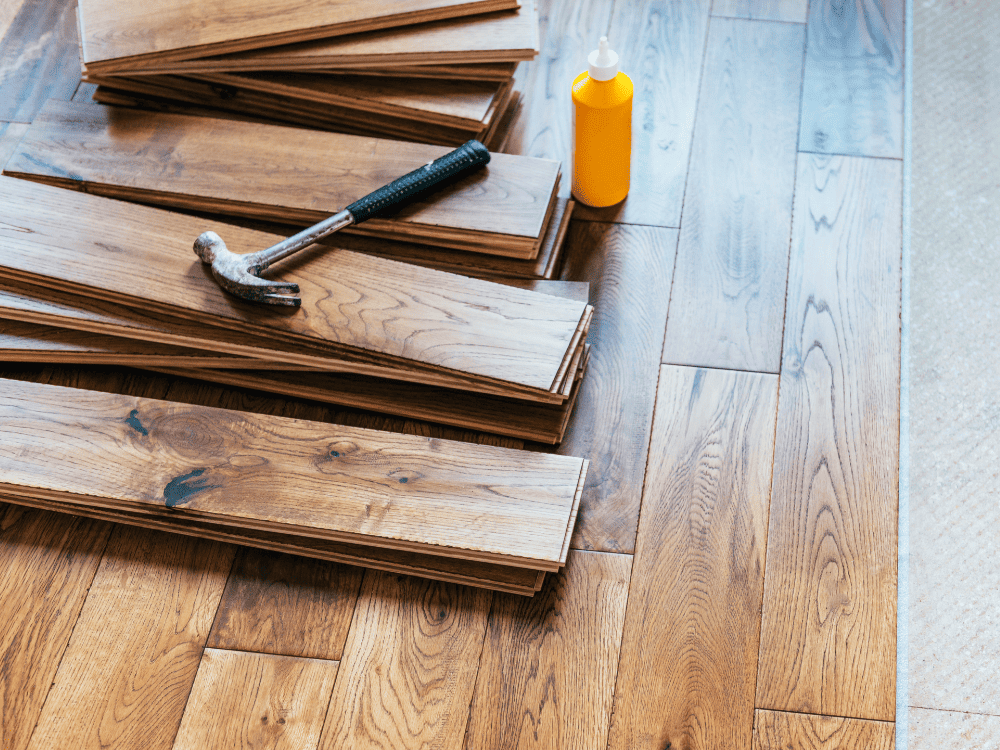
Market Size Forecast: Analyzing and forecasting the market size of the European solid wood furniture market in terms of value, segmenting the market into countries and product types.
Market Segmentation Analysis: Examining the market segmentation of the European solid wood furniture market based on factors such as product type, application, and country.
Competitive Landscape Analysis: Identifying and analyzing the competitive landscape of the European solid wood furniture market, profiling key players and assessing their market shares and strategies.
Impact Analysis of Market Dynamics: Highlighting the impact analysis of various factors affecting the market dynamics, including drivers, restraints, opportunities, and challenges.
Conclusion
In conclusion, the European solid wood furniture market presents a dynamic landscape driven by various factors such as consumer preferences, economic conditions, and environmental considerations.




